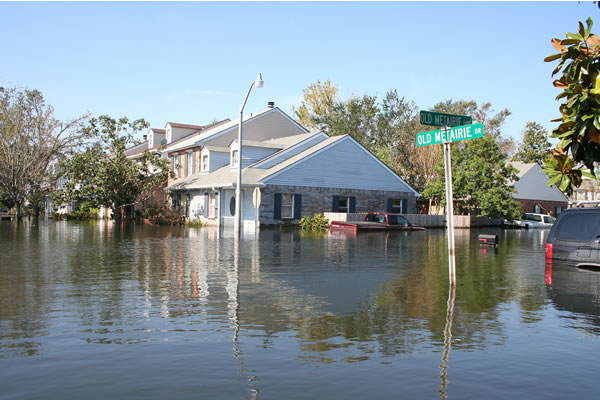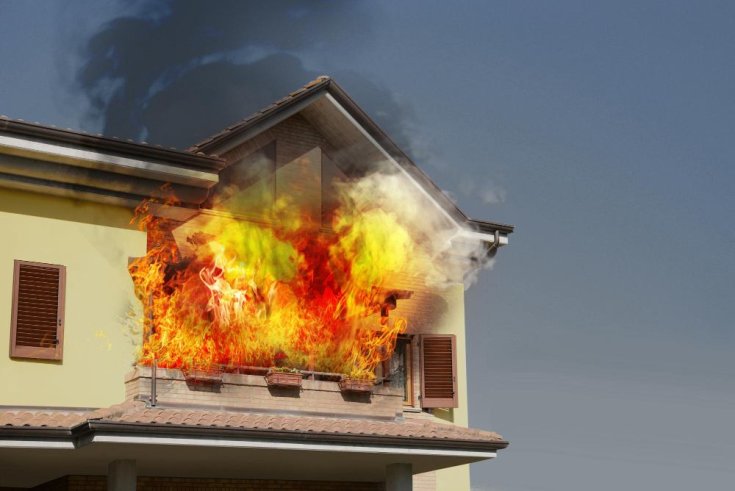404-900-3852
15-45 Minutes Response Time
404-900-3852
15-45 Minutes Response Time
Floods, a natural phenomenon that can occur anywhere in the world, bring both awe and devastation. Understanding the types of floods, their causes, and the subsequent effects is crucial for communities to mitigate risks and implement effective water damage cleanup, restoration, and removal strategies.


How To Prevent Water Damage from Leaking Appliances Water damage from leaking appliances can wreak…
 December 11,2023
December 11,2023

Precautionary Measures to Prevent a Fire on Your Home Home and business fires are awfully…
 December 06,2023
December 06,2023
Riverine floods are among the most common and well-known types of flooding. They occur when rivers overflow their banks, inundating surrounding areas. Heavy rainfall, rapid snowmelt, or a combination of both can contribute to the swelling of rivers. The effects of riverine floods can be particularly severe due to the vast expanses they cover. Water damage restoration after a riverine flood often involves dealing with silt, debris, and extensive property damage.
Flash floods are characterized by their rapid onset and intense, short-lived nature. These floods typically result from heavy rainfall, sudden cloudbursts, or the rapid melting of ice or snow. The swift nature of flash floods can catch communities off guard, leaving little time for evacuation. Water damage restoration in the aftermath of flash floods often requires swift action to prevent mold growth and structural damage, emphasizing the importance of efficient water damage removal processes.
Coastal and storm surge floods are closely tied to tropical storms, hurricanes, or typhoons. These natural disasters can lead to a surge in sea level, inundating coastal areas. The combination of strong winds and low atmospheric pressure can create a wall of water that devastates coastal communities. Water damage cleanup after coastal flooding is often complicated by saltwater intrusion, necessitating thorough restoration efforts to prevent long-term structural damage.
Urban flooding is a type of flood caused by human activities, such as the construction of roads and buildings. These surfaces reduce natural drainage, leading to water accumulation during heavy rainfall. Poorly planned urban development can exacerbate the effects of flooding, causing extensive water damage to homes and infrastructure. Efficient water damage removal and restoration become critical in urban areas to prevent the growth of mold and protect the structural integrity of buildings.
Understanding the various types of floods and their causes and effects is crucial for communities to develop effective strategies for water damage cleanup. As the frequency and intensity of extreme weather events continue to rise, proactive measures and community resilience are key to minimizing the impact of floods on both human lives and the environment. In case of an emergency, contact Tidal Wave Restoration for support.